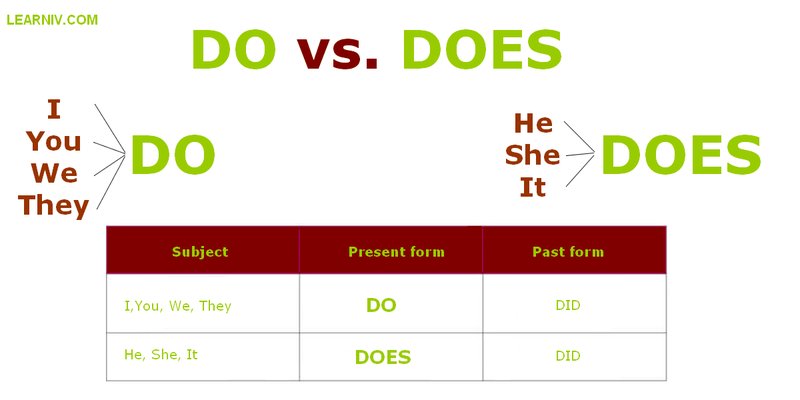
Let’s break it down. Error codes, like E2, serve as your oven’s way of communicating that something isn’t quite right. Think of it like your car’s check engine light—it’s nudging you to take a closer look before bigger issues arise. The E2 error specifically is tied to temperature readings, meaning your oven or range might not be heating up properly. This can throw off your cooking game, but there’s usually a straightforward fix.
Understanding the E2 Error Code
So, what exactly does this E2 error signify? In GE ovens and ranges, this code generally indicates a problem with the oven’s temperature sensor. Imagine the sensor as the oven’s internal thermometer. It ensures your food is cooked at the right temperature. When this is malfunctioning, you might end up with undercooked, overcooked, or even unevenly cooked meals.
Now, you might be wondering why this would happen. Sensors can get covered with grime and grease over time, much like how dirt clogs a window, obscuring the view. Alternatively, there might be a loose connection or a break in the wire, disrupting the communication between the sensor and the appliance’s control board. It’s as if one end of a telephone line got disconnected.
If your oven can’t read temperatures correctly, that spiffy soufflé you’ve been dreaming of might collapse. But fear not, because the solution often lies in cleaning, checking connections, or replacing the sensor altogether. Just like you need the right ingredients for a perfect dish, having a functioning sensor is crucial for your appliance’s operation.
How to Troubleshoot and Fix the E2 Error
Before you throw your hands up in despair, let’s look at some steps to tackle this issue head-on. First, ensure your oven is powered off and cooled down completely. Safety first, right? Then, take a look at the oven’s temperature sensor. This little component usually looks like a metal rod and can be found inside the oven cavity. Inspect it visually—does it look damaged or dirty?
If dirt seems to be the culprit, a gentle clean with a damp cloth might do the trick. Remember, like cleaning a smudged glasses lens, a little bit of care goes a long way. If the sensor appears intact but the error persists, the problem might lie with the wiring. Check for any visible breaks or loose connections. Sometimes, just reseating the plug or securing a loose wire can miraculously clear up the issue.
However, if these steps don’t resolve the error, it might be time to call in a professional. Taking matters into your own hands is great, but knowing when to seek expert help is just as important. A trained technician can assess whether the sensor needs replacing—a simple swap that can restore your oven’s performance.
Preventing Future E2 Errors
To keep your oven in tip-top shape and prevent future E2 errors, maintenance is key. Regularly cleaning your appliance, especially the temperature sensor, can help avoid buildup that leads to errors. Think of it as brushing your teeth to prevent cavities—small actions can prevent big problems down the road.
Additionally, always ensure your oven is properly installed, with all electrical connections secure. If you frequently face power surges, considering a surge protector isn’t a bad idea. Just like using an umbrella to keep dry during rain, a surge protector shields your appliance from unexpected power issues.
If you’re buying a new oven or range, consider models with advanced diagnostic features. These can offer more specific error messages and even self-diagnose issues, saving you from playing detective when errors arise. By understanding how your appliance communicates errors and keeping an eye on maintenance, you can keep your cooking adventures on track with minimal hiccups.
And there you have it—a comprehensive look at what the E2 error code means for your GE oven or range. With a little patience and know-how, you can get back to creating culinary masterpieces in no time. So, the next time you see that code flash, remember: it’s just your oven asking for a little TLC.